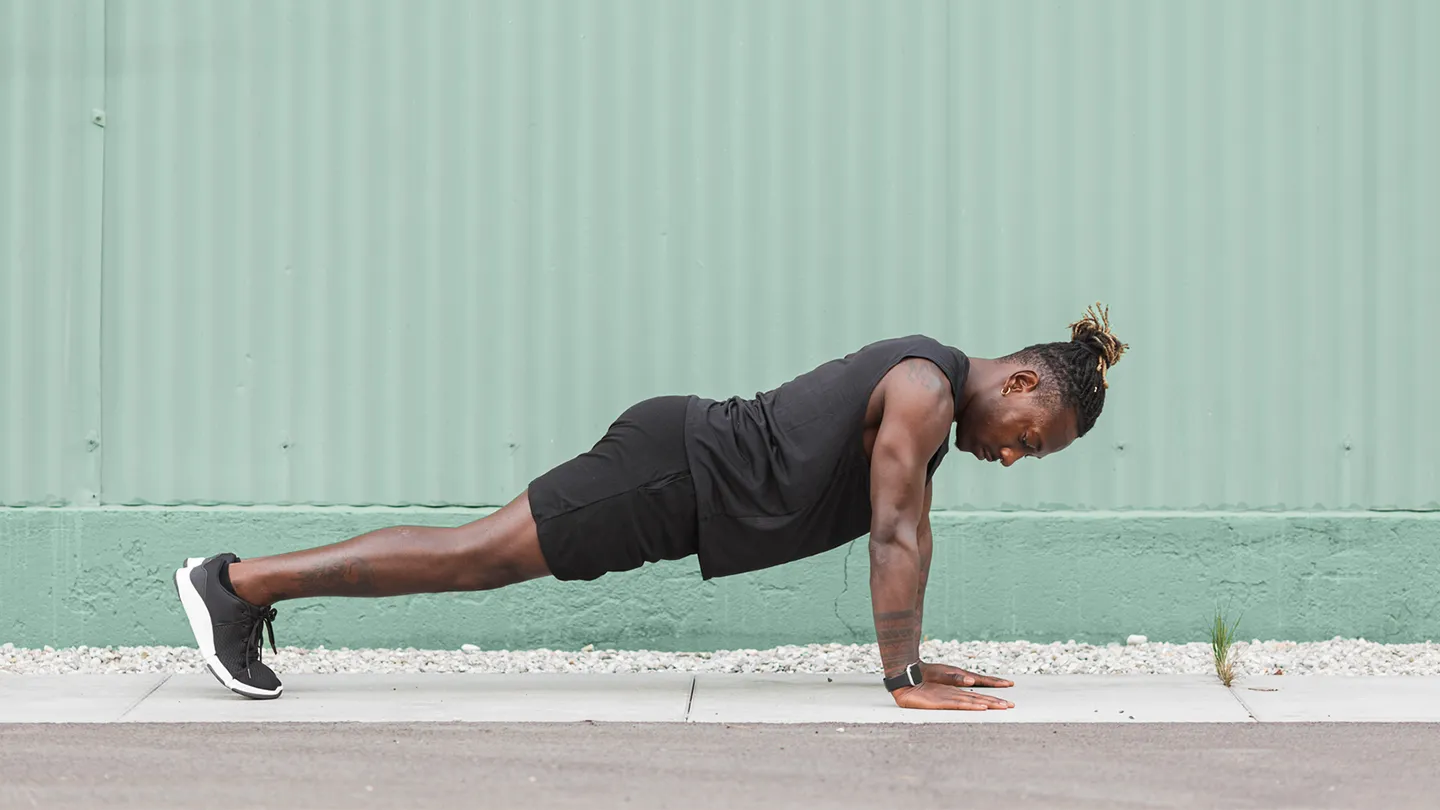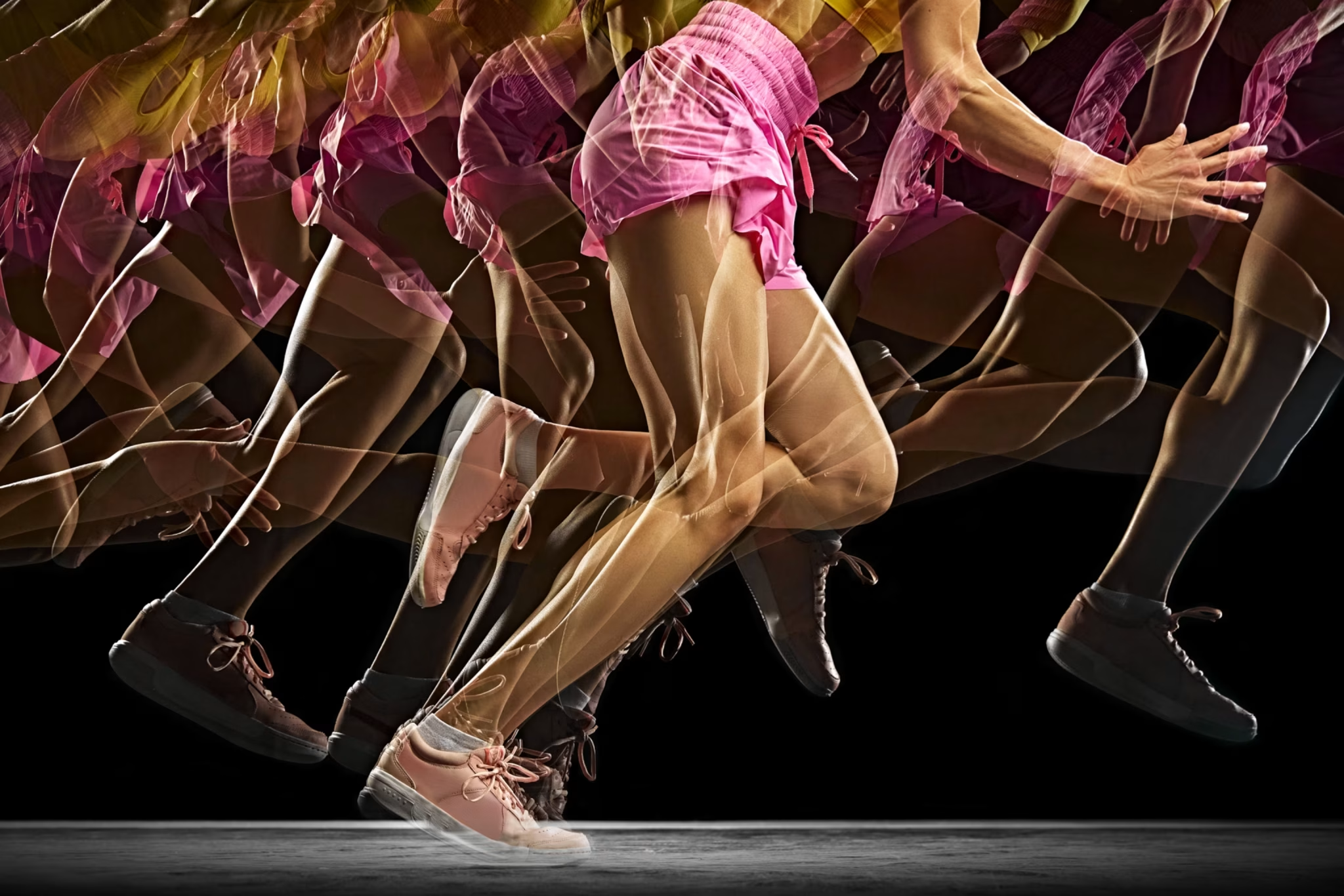In 2025, sports are no longer just a form of entertainment or a competitive pursuit—they’re becoming a central pillar of modern lifestyle. From improving physical health to building community connections, sports have evolved into a way of life that shapes how people work, play, and interact.
Whether it’s recreational weekend activities, high-performance training, or simply embracing an active daily routine, sports are influencing everything from fashion to mental wellness. This article explores how sports and lifestyle are blending in the modern world, the latest trends shaping active living, and how people can embrace a healthier, sport-driven way of life.
1. The Rise of Everyday Athletes
The idea that sports are only for professionals is fading fast. In 2025, people of all ages and skill levels are integrating athletic activities into their daily routines. Social media platforms are full of individuals documenting morning runs, gym workouts, and yoga sessions, turning active living into a cultural norm.
Apps and wearable devices are making sports more accessible by tracking performance, offering personalized training plans, and connecting users to local sports communities. Whether it’s casual tennis matches in the park or joining a local cycling group, participation is becoming more about personal growth than competition.
2. Sports as a Mental Health Boost
The mental health benefits of sports are now widely recognized. Physical activity stimulates the release of endorphins, reduces stress hormones, and improves overall mood. But in 2025, the connection between sports and mental wellness has gone beyond science—it’s part of everyday lifestyle design.
Mindful movement practices like yoga, tai chi, and pilates are growing in popularity, while team sports provide valuable opportunities for social interaction and stress relief. Many people now choose sports not just for fitness but as a tool for emotional balance and resilience.
3. The Growth of Hybrid Fitness Spaces
Traditional gyms are evolving into hybrid wellness hubs that combine physical training, recovery services, and social experiences. These spaces offer everything from high-intensity workouts to meditation rooms, sports therapy, and nutrition counseling.
Sports-focused cafes, co-working spaces, and community clubs are popping up in urban areas, allowing people to seamlessly integrate fitness into their social and professional lives. This shift reflects a larger lifestyle trend—sports aren’t an isolated activity anymore; they’re part of the daily environment.

4. Adventure Sports and the Call of the Outdoors
Outdoor sports are seeing a surge in participation as people look for experiences that combine physical activity with exploration. Hiking, mountain biking, rock climbing, surfing, and paddleboarding are attracting a growing number of enthusiasts.
The appeal lies in combining fitness with adventure, fresh air, and natural beauty. Social media has also fueled this trend, as breathtaking landscapes and adrenaline-filled activities inspire others to try new sports. Many lifestyle brands are responding by offering eco-friendly sports gear and travel packages for adventure athletes.
5. Sportswear as Lifestyle Fashion
Sports-inspired fashion, often called “athleisure,” is now a dominant trend in everyday clothing. In 2025, athletic wear isn’t just for the gym—it’s worn to the office, on casual outings, and even in social events.
Brands are focusing on functionality, comfort, and style, offering clothes that can transition from a workout session to a coffee meeting. Sustainable sportswear made from recycled materials is also gaining traction, appealing to environmentally conscious consumers who want both performance and ethics in their wardrobe.
6. Technology in Sports Lifestyle
Wearables, smart equipment, and AI-powered training tools are transforming how people engage with sports. Fitness trackers monitor heart rate, recovery, and calorie burn, while smart shoes and connected equipment provide real-time feedback on technique and performance.
Virtual reality (VR) and augmented reality (AR) are making sports training more immersive. Users can play virtual tennis matches, practice golf swings in simulated environments, or join live-streamed workouts with professional trainers anywhere in the world.
7. Community and Social Connection
Sports have always brought people together, but in 2025, community-based sports participation is booming. Local leagues, group fitness classes, and charity sporting events provide opportunities to connect, network, and support causes.
For many, sports are a way to find belonging in an increasingly digital and remote world. Friendships and professional relationships often grow stronger through shared physical challenges and team spirit.
8. Balancing Performance and Recovery
An active lifestyle isn’t just about pushing limits—it’s also about recovery. Recovery routines are becoming as important as workouts themselves, with more people using foam rolling, cold plunges, massage therapy, and stretching as part of their sports regimen.
Nutrition, hydration, and sleep are also emphasized in sports-driven lifestyles. Athletes—both amateur and professional—are investing in wearable sleep trackers, personalized meal plans, and hydration monitors to maintain peak performance.
9. Inclusivity in Sports
One of the most inspiring trends in 2025 is the push for inclusivity in sports. Adaptive sports programs, gender-inclusive leagues, and age-friendly training options are making physical activity more accessible to everyone.
From wheelchair basketball to mixed-gender soccer teams, sports are becoming a space where everyone can participate, regardless of age, physical ability, or background. This inclusivity is not only changing how sports are played but also enriching communities with diversity and shared experiences.
10. Making Sports a Lifelong Lifestyle Choice
The biggest shift in 2025 is that sports are no longer seen as a temporary hobby or seasonal activity—they’re becoming a permanent part of people’s identities. Just like eating well or brushing your teeth, movement and physical activity are habits woven into daily life.
For some, this means structured training schedules; for others, it’s simply taking the stairs instead of the elevator, cycling to work, or playing with friends on the weekend. The emphasis is on consistency and enjoyment rather than perfection.

Practical Tips for Blending Sports into Your Lifestyle
If you’re looking to make sports a permanent part of your daily life, consider these strategies:
-
Start small and build up—Consistency matters more than intensity in the beginning.
-
Choose activities you enjoy—You’re more likely to stick with something fun.
-
Mix it up—Combine different sports to work various muscle groups and prevent boredom.
-
Prioritize recovery—Stretch, rest, and hydrate to avoid burnout or injury.
-
Join a community—Team up with friends or join local clubs for motivation.
-
Track your progress—Use apps or wearables to stay motivated and see improvements.
Conclusion
Sports in 2025 are more than just games or competitions—they’re a way of living. From improving mental health and building social connections to inspiring fashion trends and advancing technology, sports are shaping how people move, think, and connect with the world around them.
By making sports a regular, enjoyable part of life, anyone can experience the benefits of an active lifestyle—no matter their age, background, or fitness level. The key is to embrace movement not just as an activity, but as a lifelong companion to health, happiness, and community.




